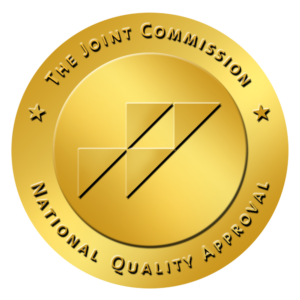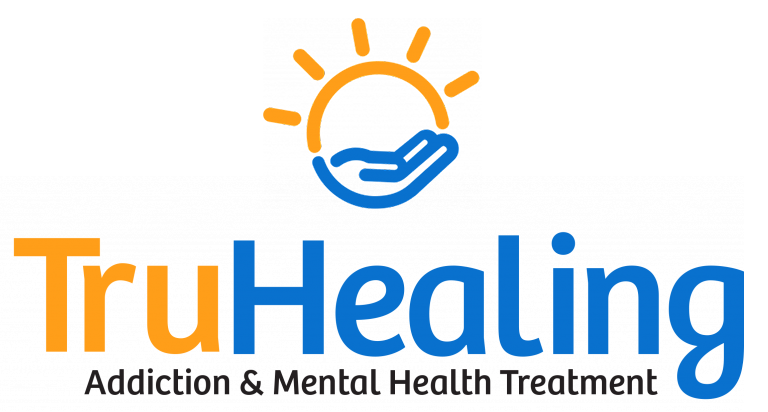In April 2020, the largest long-term study of brain development ever conducted in the US—the Adolescent Brain Cognitive Development (ABCD) Study by the National Institutes of Health (NIH)—was renewed for another seven years. Among other factors that affect development, the study looks at the effect of substance use on the developing brain.
The ABCD study began in 2015. It follows 11,750 children starting at age 10 for at least 10 years. The participant pool includes 2,100 twins or triplets, which helps differentiate between genetic versus environmental factors.
Once or twice a year, those in the study are interviewed and given behavioral assessments. Every two years, neuroimaging and other physiological measures are taken.
So far, there have been 32 research papers released about the first part of the study. The next several years will help NIH researchers understand how a number of genetic and environmental factors affect kids over time.
Nora D. Volkow, Director of the National Institute on Drug Abuse (NIDA)—a component of the NIH—said, “Since the participants are now in their vulnerable middle school years or are beginning high school, this is a critical time to learn more about what enhances or disrupts a young person’s life trajectory.”
What Have We Learned About Adolescent Brain Development?
Previous research has shown that adolescents’ developing brains may make them more vulnerable to using substances. The limbic region of the brain, which is responsible for processing emotions and memories, matures more quickly than the prefrontal cortex. The prefrontal cortex is associated with logical reasoning, impulse regulation, and decision-making. The psychologist David Walsh has compared the prefrontal cortex’s late maturation to having a fully functional car accelerator with no brakes.
This tells us why teenagers may be more risk-taking and impulsive, leading to the “experimentation” with drugs and alcohol for which the age group is known. However, less is known about how substance use at this age affects the brain. The ABCD study looks at the impact of substance use, screen time, sleep patterns, engagement in sports and the arts, and other factors on mental health, brain development, cognitive skills, and more.
How Is Learning About Brain Development Helpful?
Understanding how these variables interact with one another—and influence children over the course of their development—has huge implications. According to NIDA, the study “may ultimately inform health decisions and policies related to education, nutrition, physical activity, sleep, and prevention of substance use and mental illness.”
The outcomes of the study may not only help create effective prevention and early intervention strategies—it might give us insight for ways to improve upon addiction treatment. Many of us began our drinking or drug use at a young age, so knowing how that may have impacted our brain development can give us insight for recovery.
The more we know about the factors that contribute to addiction, the more people we may prevent from going down that path.
If you are struggling with a substance use or mental health disorder, there is help and hope. TruHealing Centers offers high-quality treatment for addiction and mental health disorder in facilities across the country. Our staff—many of whom are in recovery themselves—will help you build the coping skills to thrive in long-term recovery. Call an admissions specialist at 410-593-0005.








